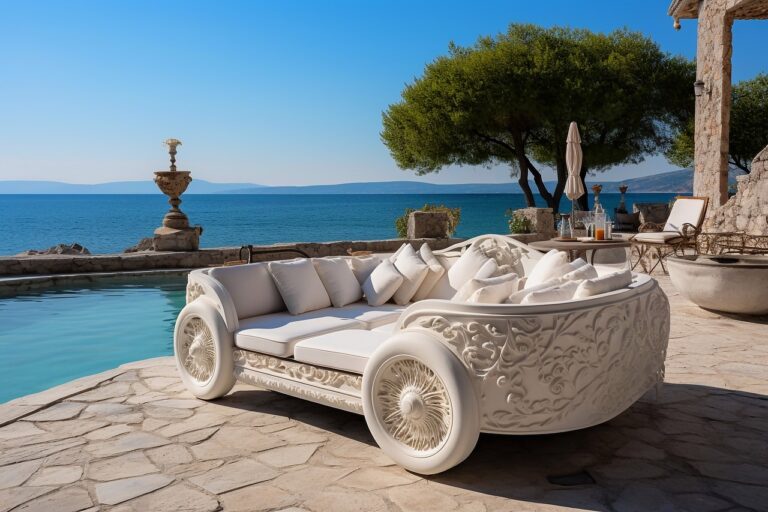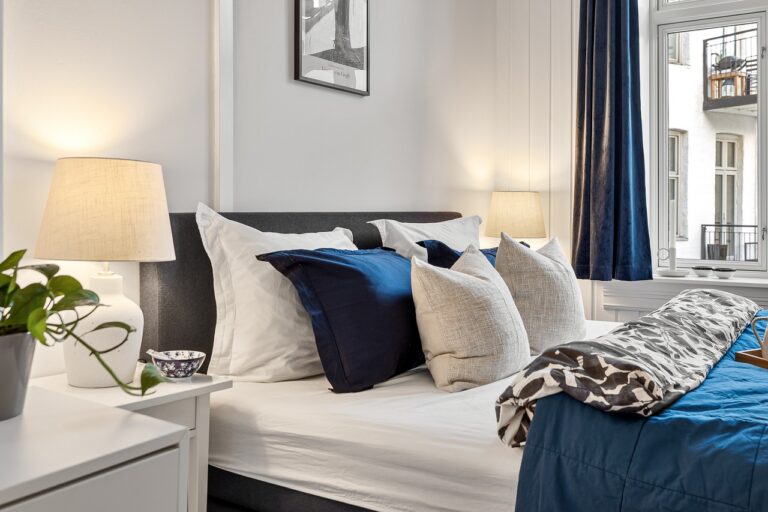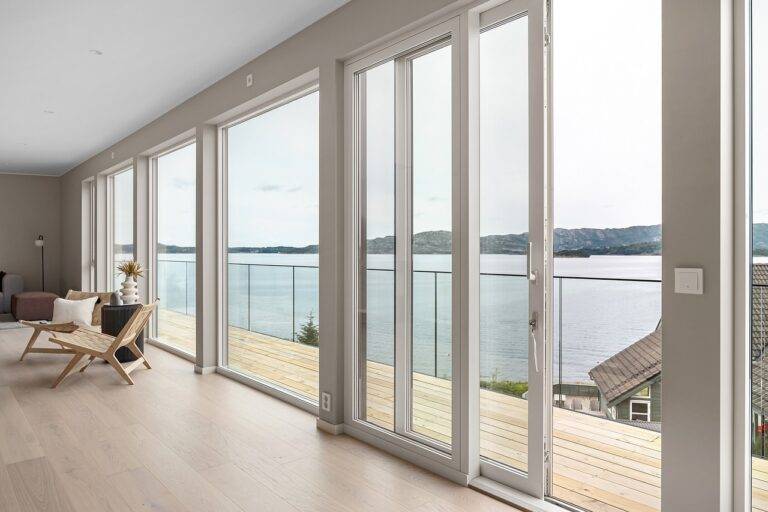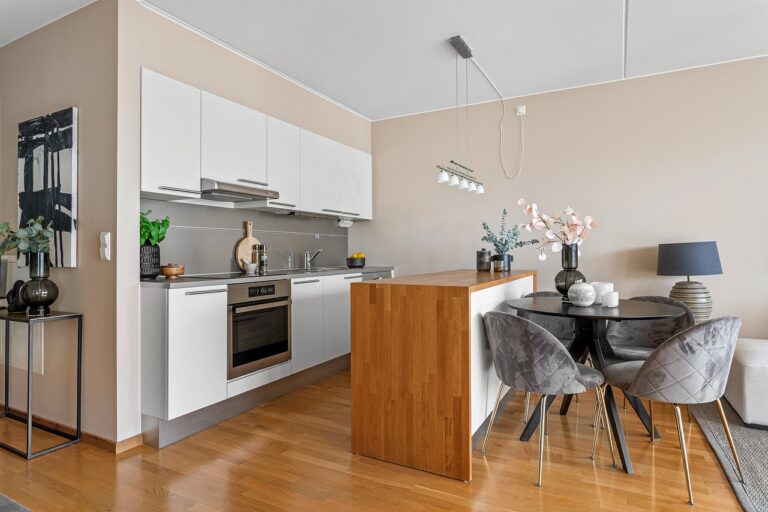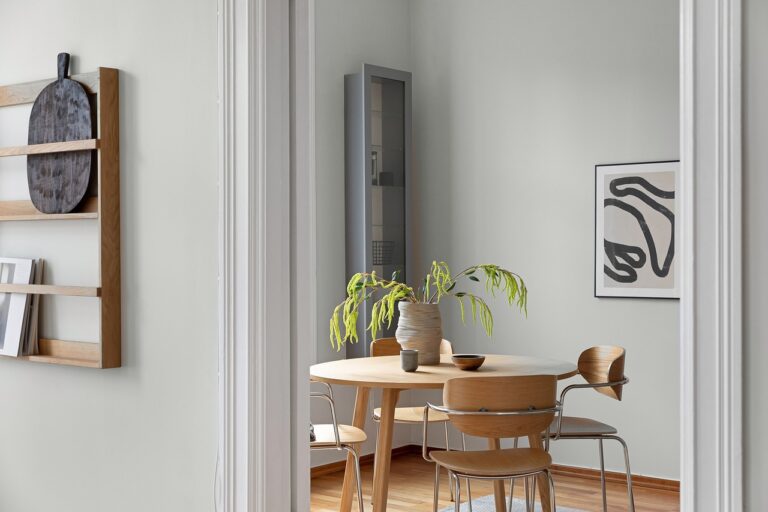The Future of Sustainable Prefabricated Homes
Sustainable prefabricated homes offer numerous advantages to homeowners and the environment. Building these homes in a factory setting reduces construction waste and improves the overall energy efficiency of the structure. Additionally, the controlled environment of a factory ensures higher quality construction with fewer defects, leading to a longer lifespan for the home.
Furthermore, prefabricated homes can be constructed in a shorter timeframe compared to traditional on-site construction, saving both time and money for homeowners. The streamlined process of prefabrication also allows for more precise planning and design, resulting in customizable homes that meet the specific needs and preferences of the occupants.
Challenges in Implementing Sustainable Prefabricated Homes
One prominent challenge in implementing sustainable prefabricated homes is the initial cost barrier. While these homes offer long-term financial savings through improved energy efficiency and reduced maintenance costs, the upfront investment can be a deterrent for some individuals or builders. Overcoming this hurdle often requires a shift in mindset towards viewing sustainable prefabricated homes as a worthwhile investment rather than just an additional expense.
Another obstacle is the limited customization options compared to traditional construction methods. Prefabricated homes are typically constructed based on pre-designed templates or models, which can restrict the flexibility in personalizing the home according to individual preferences. This limitation may deter potential homeowners who prioritize unique design elements or specific aesthetic features in their living spaces. Finding a balance between standardization for efficiency and customization for personalization poses a significant challenge in the widespread adoption of sustainable prefabricated homes.
– Limited customization options compared to traditional construction methods
– Prefabricated homes are typically constructed based on pre-designed templates or models
– Restricts flexibility in personalizing the home according to individual preferences
– Deters potential homeowners who prioritize unique design elements or specific aesthetic features in their living spaces
Finding a balance between standardization for efficiency and customization for personalization poses a significant challenge in the widespread adoption of sustainable prefabricated homes.
Innovative Materials for Sustainable Prefabricated Homes
Innovative materials are revolutionizing the sustainable prefabricated home industry, offering enhanced durability and eco-friendly benefits. One such material is cross-laminated timber (CLT), which is a versatile and sustainable alternative to traditional construction materials. CLT is made by layering wood panels in perpendicular directions, providing strength and stability while reducing the carbon footprint of the construction process.
Another innovative material gaining popularity in sustainable prefabricated homes is recycled steel. By using recycled steel for the structural components of prefabricated homes, builders can reduce the environmental impact of construction while still maintaining a high level of strength and durability. Additionally, recycled steel can be easily integrated into the prefabrication process, making it a cost-effective and sustainable choice for eco-conscious homeowners.
What are the benefits of sustainable prefabricated homes?
Sustainable prefabricated homes are environmentally friendly, energy efficient, cost-effective, and can be built in a shorter time frame compared to traditional construction methods.
What are some challenges in implementing sustainable prefabricated homes?
Some challenges include limited design flexibility, transportation costs, potential for damage during shipping, and the need for skilled labor to assemble the prefabricated components on-site.
What are some innovative materials used in sustainable prefabricated homes?
Some innovative materials include bamboo, recycled wood, recycled steel, hempcrete, straw bale, and cross-laminated timber (CLT) which are all sustainable, renewable, and energy efficient options for construction.


